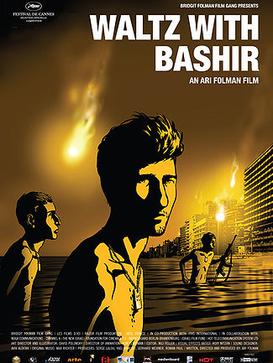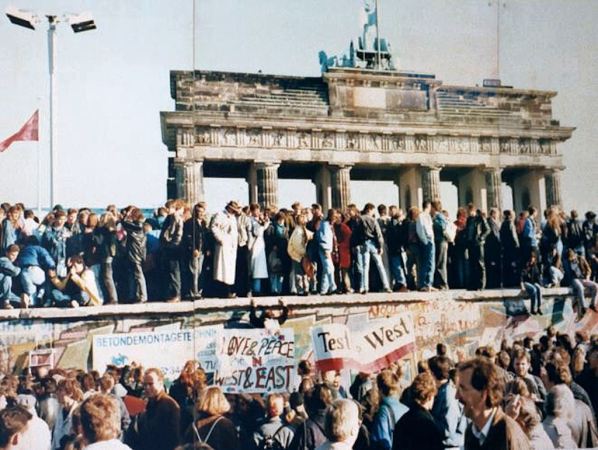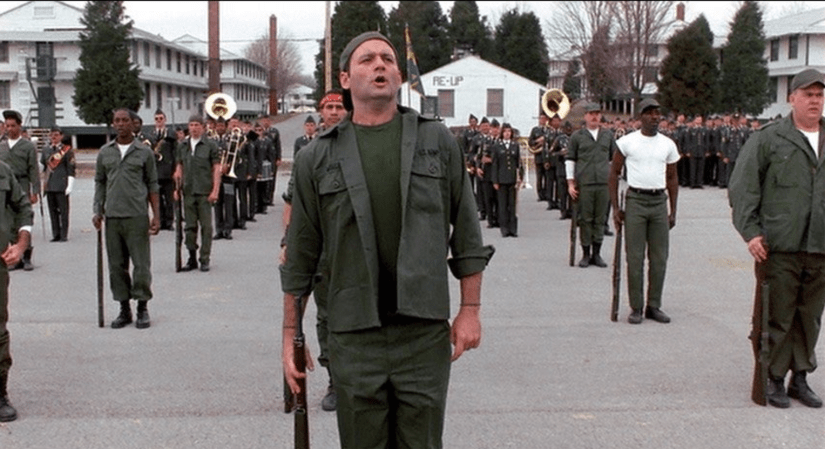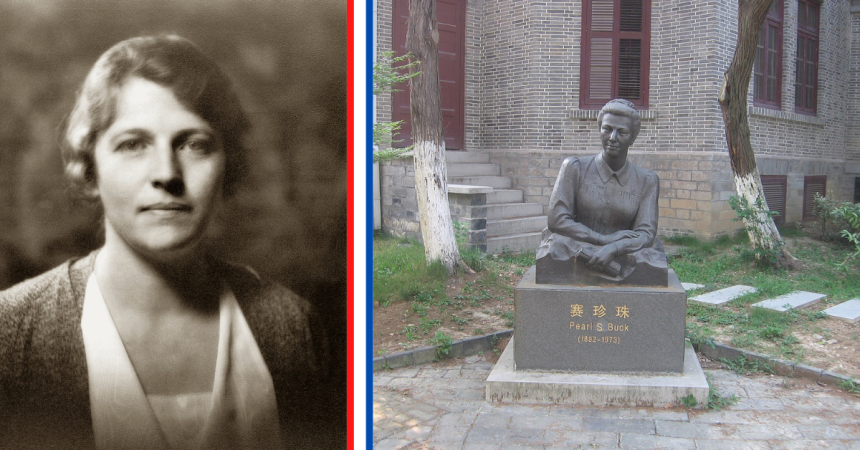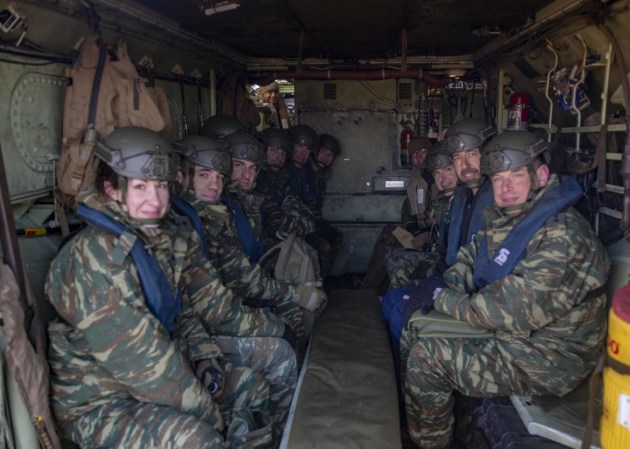The 2012 attack on the diplomatic mission in Benghazi, Libya wasn’t the first time such an outpost was stormed by locals. It wasn’t even the first time one was attacked in Benghazi. The Foreign Service of the United States isn’t all handshakes, ribbon cuttings, and talk. The people dedicated to improving relations with other countries while advancing U.S. foreign policy inherently put themselves at risk.

U.S. Diplomatic posts had been attacked with varying tactics and varying success before the infamous assault in Benghazi. Here’s how six others went down:
1. 1900 – Peking (Beijing), China
Anti-foreign, anti-Christian sentiment combined with severe drought in China led to armed violence against foreigners in the country as well as a general uprising against all external forces. The militias were called “Boxers” in English. The Qing Empress Dowager Cixi supported the uprising as the Boxers converged on Beijing in full force, declaring war on all foreign powers. Five hundred diplomats, foreign civilians, and Christians barricaded themselves inside the two-square-mile Foreign Legation Quarter in the Chinese capital. The Boxers laid siege to the diplomatic area as German and U.S. Marine defenders kept them at bay, even under intense artillery fire.

A 20,000-man relief army from eight nations invaded China. Japan, Russia, the British Empire, France, the U.S., Germany, Italy, and Austria-Hungary. The army marched 100 miles fro Tianjin to the capital in just over two weeks. British, Russian, Japanese, and French troops fought the Chinese Boxers at the city walls, trying to breach the gate. The Americans attempted to scale the walls instead of assaulting a fortified gate. Indian and Sikh troops from the British contingent were the first to break the siege of the Foreign Legation. Fifty-five of the almost 500 besieged were killed.

The U.S. Army in Beijing — then called Peking (U.S. Army Center of Military History)
2. 1927 – Nanking, China
Nationalist revolutionaries captured Nanking from a Chinese warlord in 1927, over a decade after the fall of Imperial China. These revolutionaries consisted of Chinese citizens and some Chinese Communists, but was mostly made op of the National Revolutionary Army (NRA), who would later be a U.S. ally against the Japanese in World War II. When the NRA captured Nanking, enraged Chinese fighters and citizens rioted and looted foreigners homes and attacked the American, British, and Japanese consulates.
The British sent eight warships led by the aptly-named HMS Vindictive while the U.S. Navy sent five destroyers of its own up the Yangtze River to relieve the foreign citizens and evacuate them. Every time the ships steamed into the city, they came under attack.The American and British sailors returned fire with overwhelming force, silencing the Chinese guns each time. Only one British and one American sailor were killed.
3. 1967 -Benghazi, Libya
Two years before Qaddafi’s coup toppled the regime of the Elderly King Idris I, the people of Libya were still fiercely proud of their Arab nationalism. At the onset of the 1967 Arab-Israeli War, Egyptian propaganda convinced the locals of Benghazi U.S. Navy planes were assisting Israel in their pre-emptive strikes against Egyptian airfields and other military targets. Outraged, thousands of Egyptian migrant workers and local mobs attacked the U.S.Embassy in Benghazi, overwhelming a Libyan military detachment the government dispatched to quell the uprising. The Embassy staff held the mob back with ax handles, rifle butts, and tear gas, even after the building was set on fire.

The British tried numerous times to break through the mob to rescue the battered Americans, who stayed on the roof, trying to destroy classified material throughout the day. Eventually a British armored column managed to break through and extract the Americans. They also helped hundreds of Americans trapped in the area of the city by protecting them inside the British camp. The British moved the Americans to an airfield where they were extracted by the U.S. Air Force cargo planes.
4. 1968 – Saigon, South Vietnam
In 1967, during the Vietnam War, the United States turned over the defense of Saigon to the Army of the Republic of Vietnam (South Vietnam). By 1968, the U.S. Embassy in the capital at Saigon was defended by four Vietnamese police posts, with two U.S. Army military policemen at the entrance gate, two U.S. Marines in a guard post, with a third Marine on the roof of the embassy. On the night of January 31, 1968, 19 Viet Cong sappers open fire on the MPs at the gate, SP4 Charles L. Daniel and Pvt. 1st Class William E. Sebast, who returned fire and secured the gate. The VC then blew a hole in the perimeter wall. The first two VC fighters through the wall were killed by the Army guards, but Sebast and Daniel were killed by their attackers. The Vietnamese policemen abandoned their posts when the first shots were fired.

Inside, the Marines locked down the Embassy and started shooting into the breached wall. Inside the Embassy, the three Marines, two Vietnamese, and six American civilians jocked up and prepared for the VC assault. Meanwhile, Marines in their barracks five blocks away proceeded to the Embassy asa quick reaction force, but met with heavy resistance from the VC inside. As dawn broke, Military Policemen shot the locks off the gates and drove through it in a jeeps as MPs and Marines stormed the grounds. The 101st Airborne landed by helicopter on the roof and cleared the building.
5. 1979 – Islamabad, Pakistan
The Masjid al-Haram, or Great Mosque of Mecca, the holiest site in the Islamic religion, was itself taken over by Islamic fundamentalists. These terrorists believed their leader was the Mahdi, the redeemer of the Islamic faith, and called on the overthrow of the Saudi regime. Naturally, this caused ripples of outrage throughout the Islamic world. Radio reports varied, but some in Pakistan erroneously suggested the United States was responsible, began climbing the walls and trying to pull them down.

The staff retreated to the secure communication vault as the embassy was burned down around them. They locked themselves in the building until nightfall, when a Marine snuck out the back door. The Marine found the entire Embassy empty and so the 140 people quietly escaped the grounds. A similar event happened at the U.S. Embassy in Tripoli, Libya at the same time, for the same reason.
6. 1979 – Tehran, Iran
When the Shah of Iran abdicated the throne in 1979, he jetted around the world from place to place, searching for a country who would grant him asylum. Unbeknownst to much of the world, the Shah was also suffering from terminal cancer. In an act of compassion, U.S. President Jimmy Carter allowed the Shah to enter the U.S. for treatment. The people of Iran saw this act as complicity with a brutal regime and worried the U.S. was setting the stage to reinstall the Shah’s dictatorial regime once more, as they had done in 1953.

The Tehran Embassy had been taken over on February 4th and held for three hours before the Foreign Ministry of the new government of Ayatollah Ruhollah Khomeini convinced the attacker to give it back within three hours. On November 4th, students at the University of Tehran planned and stormed the embassy again and would hold hostages for 444 days. The Iranian government used the hostages to secure passage of its Constitution and other Khomeini-era reforms, and hold parliamentary elections. A U.S. military attempt to rescue the hostages the next year failed miserably in the deserts of Iran.
See Also: This deadly failure in the Iranian desert lives in hostage rescue mission infamy
After the 1979 Embassy takeover, U.S. diplomatic posts worldwide were subjected to mortars, RPGs, and vehicle-borne improvised explosives. but a U.S. ambassador hadn’t been killed by in the course of duty since armed Islamic extremists in Kabul, Afghanistan killed Ambassador Adolph Dubs in 1979. That all changed in September 2012 when an armed militia stormed a diplomatic compound in Benghazi and killed Ambassador J. Christopher Stevens.
(The story of the six government security contractors (also U.S. military veterans) who came to the rescue of the compound where Stevens was killed can be seen in Paramount Pictures’ adaptation of 13 Hours: The Secret Soldiers of Benghazi, in theaters Friday, January 15th.)





